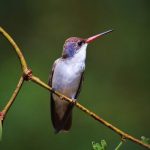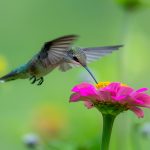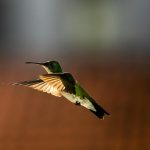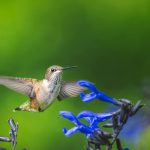Hummingbirds are remarkable birds known for their small size, incredible flying abilities, and their unique feeding habits. These tiny birds have high metabolic rates and need to consume a substantial amount of food to fuel their energetic lifestyle. Let’s explore what hummingbirds eat and how their dietary habits support their survival and vibrant lifestyles:
1. Nectar
Nectar forms the primary component of a hummingbird’s diet. Nectar is a sweet, sugary liquid found in various flowering plants. Here’s why nectar is essential for hummingbirds:
- Energy Source: Nectar is a rich source of carbohydrates, providing hummingbirds with the energy they need to sustain their rapid wingbeats and high metabolic rates.
- Feeding Adaptations: Hummingbirds have specialized beaks and tongues that are perfectly adapted for nectar feeding. Their long, slender beaks and extensible tongues allow them to reach deep into flowers and extract nectar efficiently.
- Flower Pollination: As hummingbirds feed on nectar, they inadvertently transfer pollen from flower to flower, aiding in the pollination process and contributing to plant reproduction.
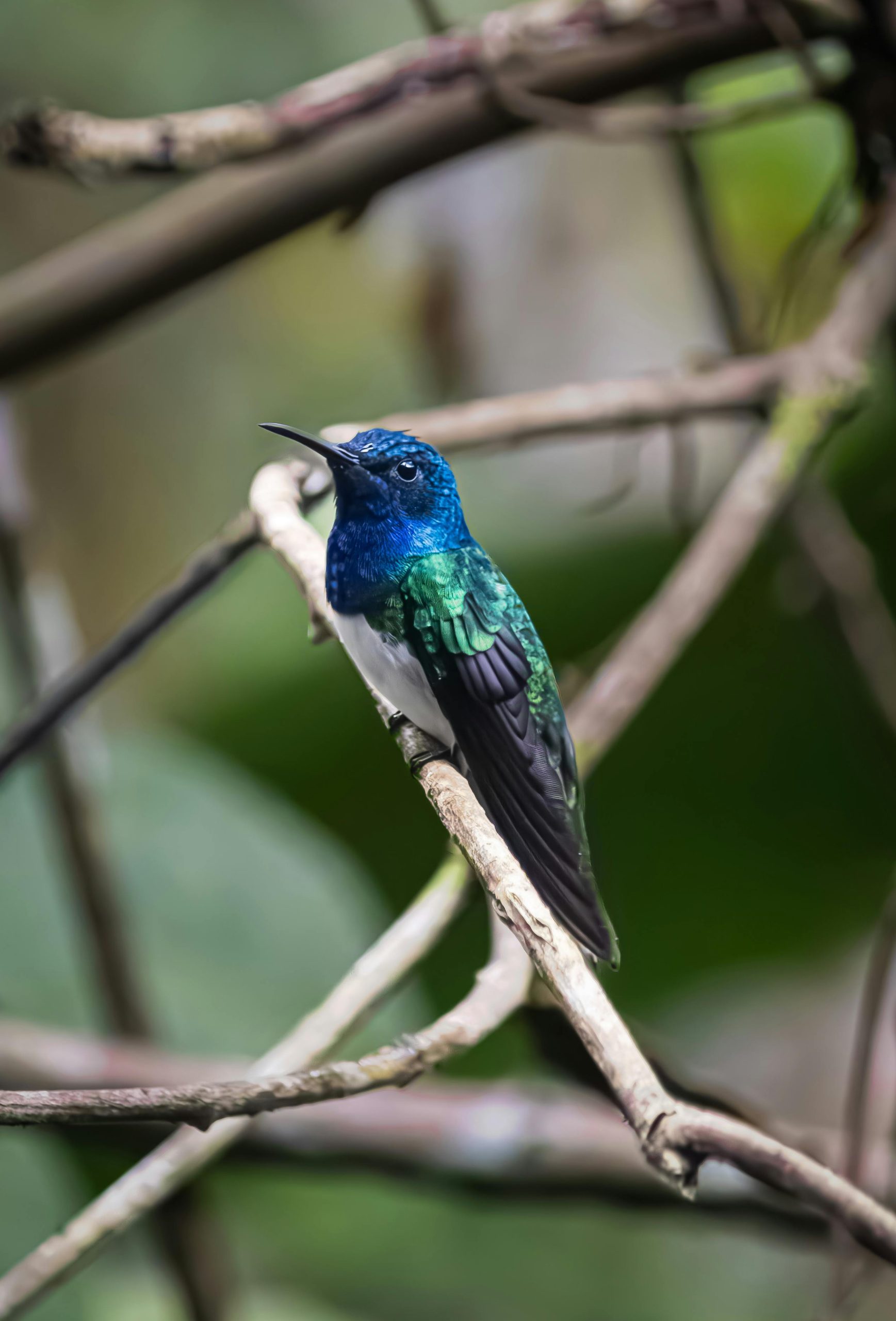
2. Insects
Insects are an important source of protein for hummingbirds. While nectar provides energy, insects offer essential nutrients necessary for growth and maintenance. Here’s how insects contribute to a hummingbird’s diet:
- Protein and Fat: Insects are rich in protein and healthy fats, which are crucial for muscle development, feather maintenance, and overall health.
- Growth and Reproduction: Adequate protein intake from insects is particularly important during nesting season when hummingbirds require extra nutrients for egg production and raising their young.
- Foraging Techniques: Hummingbirds employ various foraging techniques to catch insects. They may perform aerial maneuvers to snatch flying insects or hover near foliage to capture small insects resting on leaves.
3. Tree Sap and Plant Resin
While nectar and insects form the bulk of a hummingbird’s diet, these resourceful birds also consume tree sap and plant resin on occasion. Here’s why hummingbirds include sap and resin in their diet:
- Supplemental Nutrition: Tree sap and plant resin contain essential minerals and nutrients that may not be readily available from nectar or insects. Hummingbirds occasionally tap into sap or lick resin to obtain these additional nutrients.
- Source of Sugars: Sap may contain sugars, albeit in lower concentrations compared to nectar. Hummingbirds can access sap by piercing tree bark or by visiting sap wells created by woodpeckers.
- Insect Attraction: Sap and resin can also attract insects, providing hummingbirds with an additional food source. Hummingbirds may feed on insects attracted to sap flows or trapped in sticky resin.
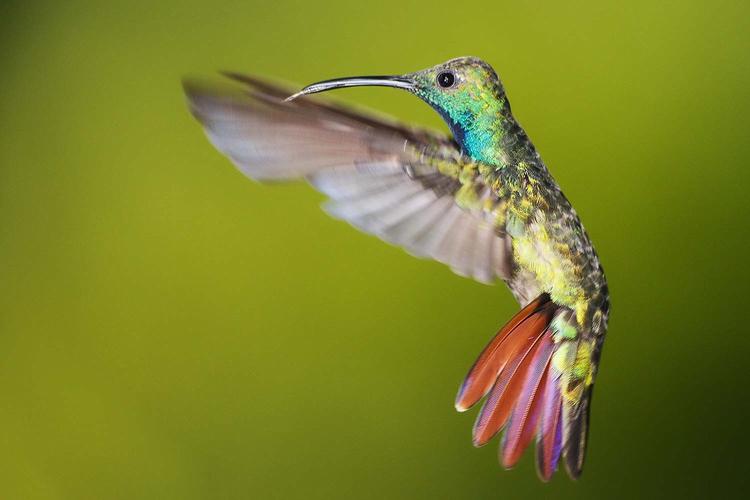
4. Tree and Shrub Pollen
Although hummingbirds primarily rely on nectar for their energy needs, they may also consume tree and shrub pollen during their foraging activities. Here’s how pollen contributes to a hummingbird’s diet:
- Protein and Nutrients: Pollen contains proteins, amino acids, vitamins, and minerals that supplement a hummingbird’s diet with essential nutrients.
- Accidental Ingestion: As hummingbirds feed on nectar, their beaks and feathers may come into contact with pollen. Some of this pollen can be inadvertently ingested, contributing to their overall nutrient intake.
- Pollen Dispersion: Hummingbirds play a role in pollination by transferring pollen from flower to flower. While they primarily feed on nectar, the incidental ingestion of pollen aids in the dispersal of pollen grains, benefiting plant reproduction.
5. Fruit Juice and Tree Exudates
In addition to their primary diet of nectar, insects, sap, resin, and pollen, hummingbirds may occasionally supplement their diet with fruitjuice and tree exudates. Here’s why these additional food sources are beneficial for hummingbirds:
- Additional Nutrients: Fruit juice can provide hummingbirds with additional vitamins and minerals that complement their diet.
- Opportunistic Feeding: Hummingbirds may consume fruit juice when ripe fruits are available, especially during periods when nectar sources are scarce.
- Tree Exudates: Some hummingbird species have been observed feeding on tree exudates such as sap oozing from wounds or the sugary secretions of certain insects that inhabit trees. These exudates can serve as an alternative food source when other options are limited.
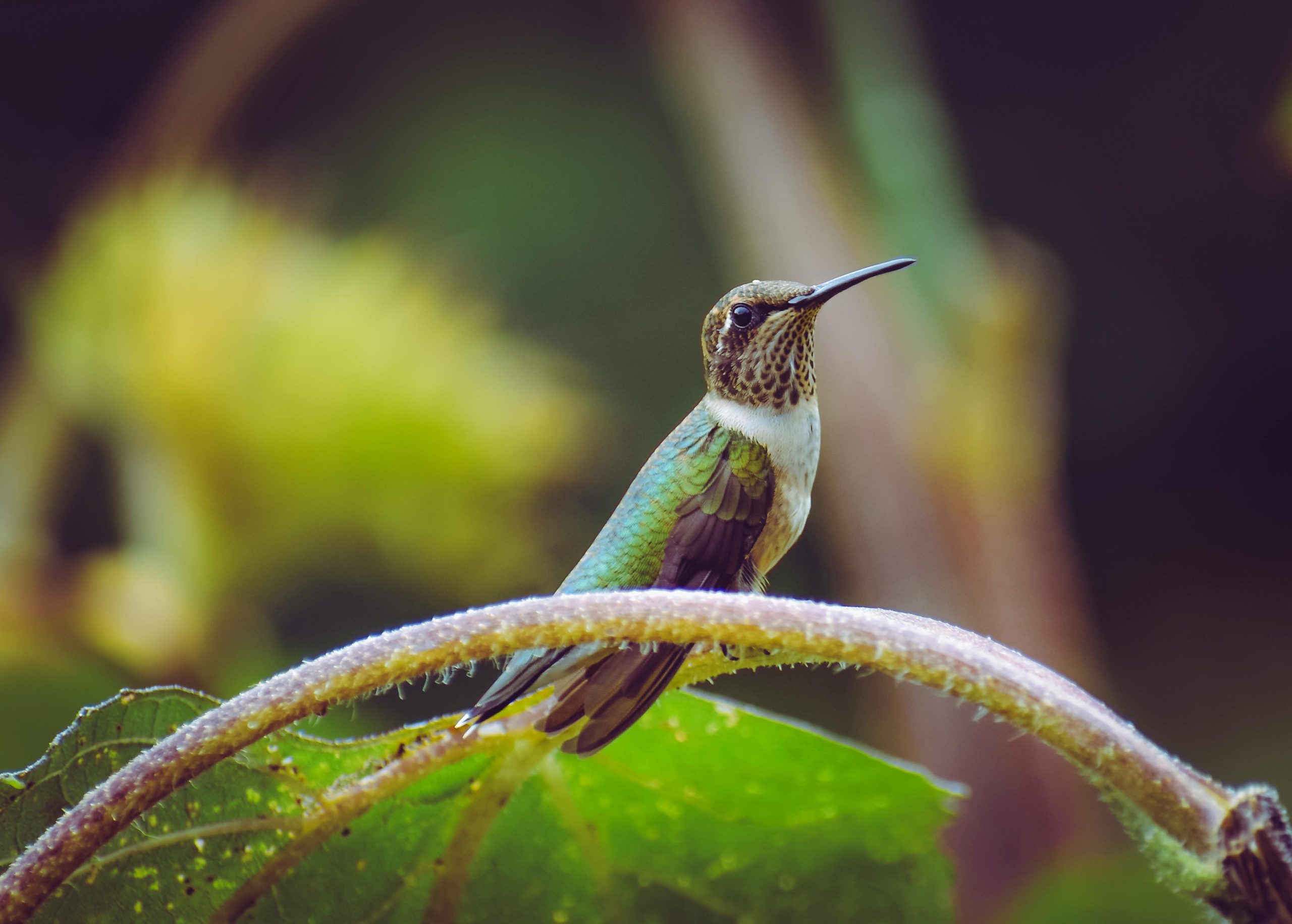
Conclusion
Hummingbirds have a diverse and adaptable diet that includes nectar, insects, tree sap, plant resin, pollen, fruit juice, and tree exudates. This varied diet ensures they receive the necessary energy, proteins, fats, vitamins, and minerals to support their active lifestyles. By consuming nectar, hummingbirds also play a crucial role in plant pollination, making them an integral part of ecosystems.
Next time you spot a hummingbird, take a moment to appreciate these incredible birds and their remarkable feeding habits!

